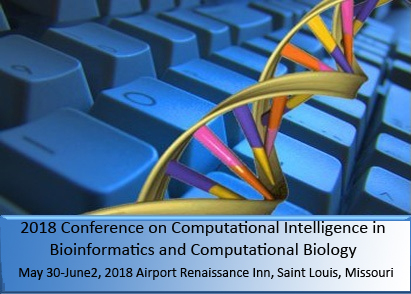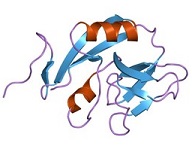Keynote Speaker: Professor Shantanu Chakrabartty
Shantanu Chakrabartty Division of Biological and Biomedical Sciences
Abstract: In neurobiology, a single neuron has evolved to encode information as a sequence of spike signals, dissipating as little energy as possible within its physical constraints. In spite of the energy and physical limitations, networks of spiking neurons observed in biology are remarkably accurate and are able to process, identify and learn complex stimuli with very high resolution and fidelity. The biological basis for such energy-efficient and robust representation lies in the nature of the spatiotemporal network dynamics, in the physics of noise-exploitation and through the use of neural oscillations. On the other hand, most synthetic and large-scale neuromorphic systems ignore these network dynamics, focusing instead on a single neuron and building the network bottom-up. From this approach, it is not evident how the shape, the nature and the dynamics of each individual spike is related to the overall system objective and how a population of neurons when coupled together can self-optimize itself to produce an emergent spiking or population response, for instance spectral noise-shaping or synchrony. Other well established synthetic neural network formulations (for example deep neural networks and support vector machines) follow a top-down synthesis approach starting with a system objective function and then reducing the problem to a model of a neuron that inherently does not exhibit any spiking or complex dynamics. This talk will provide an overarching view of the discipline of neuromorphic engineering and discuss new perspectives on how to combine machine learning principles with biologically relevant neural dynamics.
Keynote Speaker: Professor Daniel Ashlock
Daniel Ashlock Bioinformatics Chair of the Mathematics and
Statistics Department at Guelph
Abstract: This talk will introduce some problems with clustering algorithms, suggest some solutions, and discuss a new class of clustering algorithms called associator based clustering







